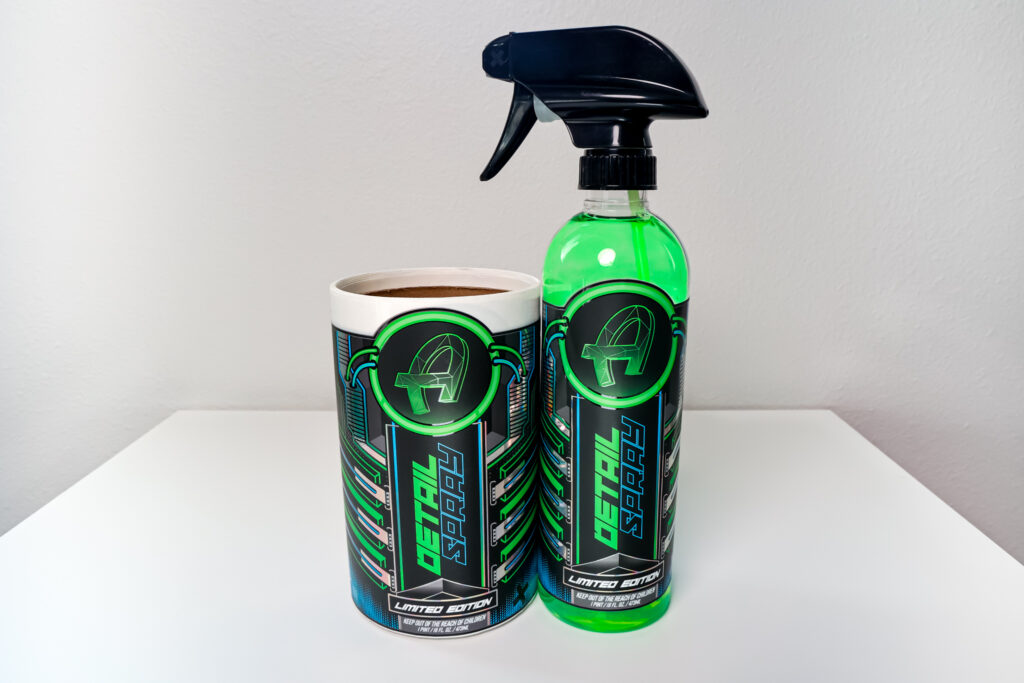Prioritizing Safety Through Effective Chemical Bottle Label Design
- By Colt
- on
- in Uncategorized

- Durable Materials: Essential for chemical labels to withstand harsh conditions like extreme temperatures and chemical exposure, ensuring information stays legible.
- Color Coding: Implements standardized colors to quickly identify chemical types, enhancing safety by reducing risks of misidentification in critical environments.
- Safety Symbols: Features universally recognized symbols (e.g., flame for flammables) to convey hazards instantly and improve compliance with safety regulations.
- Regulatory Compliance: Adheres to guidelines from bodies like OSHA and REACH, ensuring labels meet national and international standards for safety and legal accountability.
- Technological Innovations: Future label designs may include QR codes and NFC tags, offering detailed product information digitally, thus reducing physical label clutter.
Ensuring the safety and compliance of chemical products goes beyond just the contents within; the design of chemical labels for bottles plays a crucial role in safeguarding users and maintaining stringent industry standards. Let’s discuss the essential elements of designing chemical labels for bottles that are compliant and prioritize safety through their form and function.
When it comes to chemical labels for bottles, the choice of material is foundational. The labels must withstand harsh chemicals, extreme temperatures, and prolonged exposure to various environmental conditions without degrading. Choosing durable materials guarantees that critical information remains legible and intact throughout the product’s lifecycle. It’s imperative for manufacturers to select label materials that resist solvents, abrasions, and moisture, thereby preserving the integrity of the chemical identification labels. Consider reaching out to Sticker Mountain to receive a sample pack so you can experience the look and feel of the labels before making a bulk purchase.
Color coding is also a powerful tool in chemical labels for bottles. By implementing a standardized color scheme, you can facilitate quick and accurate identification of chemicals, which is essential in high-risk environments. Colors like red for flammable substances or blue for water-reactive chemicals can make a significant difference in handling and safety protocols. Using vivid, distinguishable colors helps in reducing the risk of accidents caused by misidentification, making color coding an essential feature of chemical product labels.
Safety Symbols, Compliance, and More
The incorporation of universally recognized safety symbols on chemical product labels is non-negotiable. Symbols like the flame for flammables or the skull and crossbones for toxins are instantly recognizable and communicate hazards at once. It is essential to include detailed yet concise safety information on the labels—such as handling procedures, first-aid measures, and emergency contact numbers. This information must be presented clearly and prominently to make sure it is accessible and understandable.
Adhering to national and international regulations involves legal compliance, along with ensuring the universal safety and handling standards are met. This includes following guidelines set by organizations like OSHA in the U.S. or REACH in Europe. Manufacturers must stay informed and up to date with the changing regulations to be sure their chemical identification labels meet all required standards. This adherence serves to protect the users and shield manufacturers from legal liabilities and enhances the product’s credibility in the market.
With the increasing focus on environmental sustainability and consumer safety, the future of label design will likely incorporate advancements in technology such as QR codes and NFC tags. These technologies can provide extensive information through digital means, reducing the clutter on physical labels, while still offering additional data at the touch of a smartphone. Innovations like these can transform how safety information is conveyed and accessed, making chemical product labels more interactive and informative.
The design of chemical labels for bottles is a critical element that extends beyond aesthetics to encompass safety, compliance, and functionality. By focusing on durable materials, effective color coding, clear safety symbols, and adhering to stringent regulations, manufacturers can rest assured that their products are not only safe but also aligned with industry best practices.
Ready to enhance the safety and compliance of your chemical products? Contact Sticker Mountain today to explore how our high-quality, durable chemical labels can be customized to meet your specific needs and help you be confident your products stand out for all the right reasons.
Ready to Order Your Labels?
Lorem ipsum dolor sit amet, consectetur adipiscing elit. Ut elit tellus, luctus nec ullamcorper mattis, pulvinar dapibus leo.

